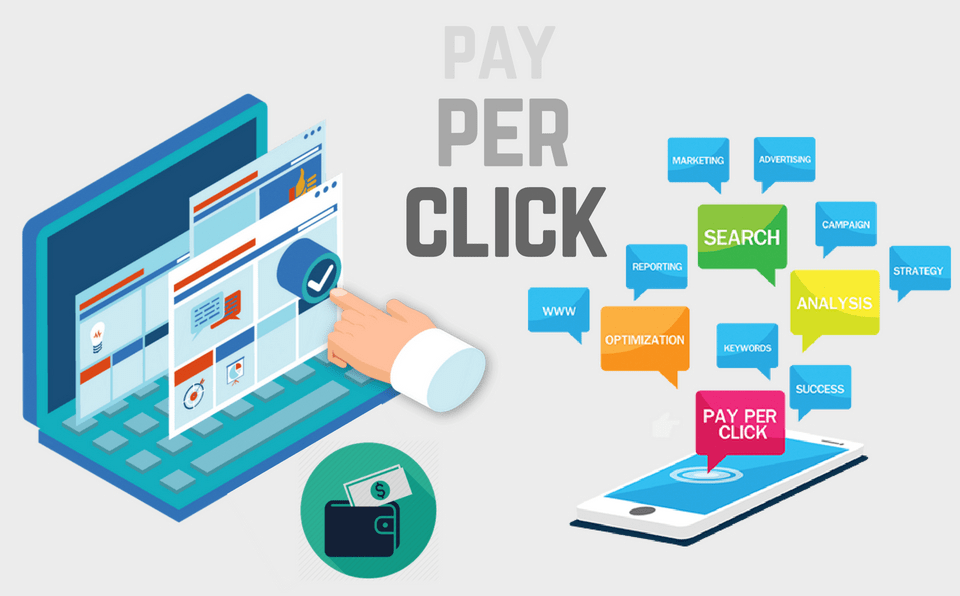Pay per click service men one have to pay for the placement of your advertisement and each time an interested party clicks that ad to bring them to your product, service or informational offering, you pay the set price based on how your campaign is setup.
This Process works in following manner:-
- Determining keywords – the first step of a pay per click ad campaign is determining the keywords you want to rank. The keywords you choose are what the consumer will type in Google to find your products and services.
- Purchasing Keywords- The keywords and keyword phrases have a price tag associated with them. The more popular the keyword the more expensive it is. You place a “bid” amount and a budget your willing to spend on those keywords.
- Campaign execution- once the PPC Ad campaign is live, when someone types in Google relating to your business and you have the highest bid for that keyword phrase your business will show up in the top 3 paid spots on the search result.
- Campaign charges- You will only be charged for the keywords set by you IF the consumer CLICKED on your advertisement link. A search result where your business was listed but the consumer did not click, will not be charged.




Share This Post :